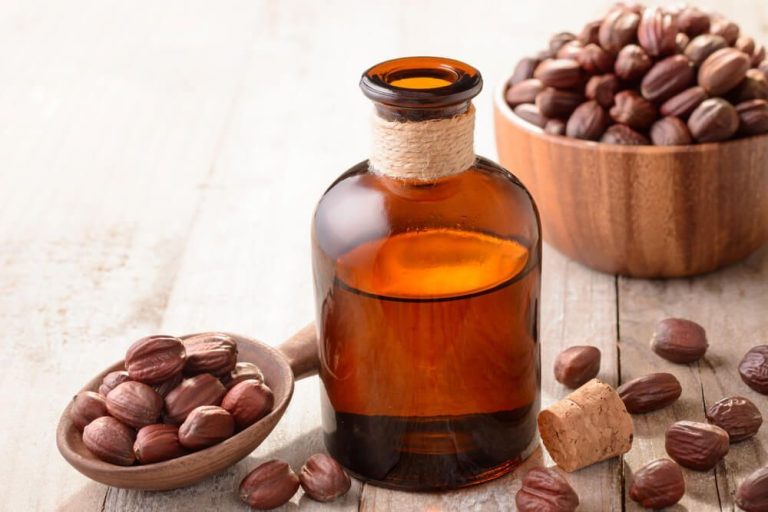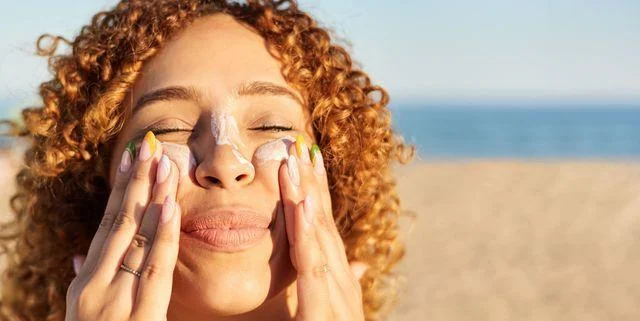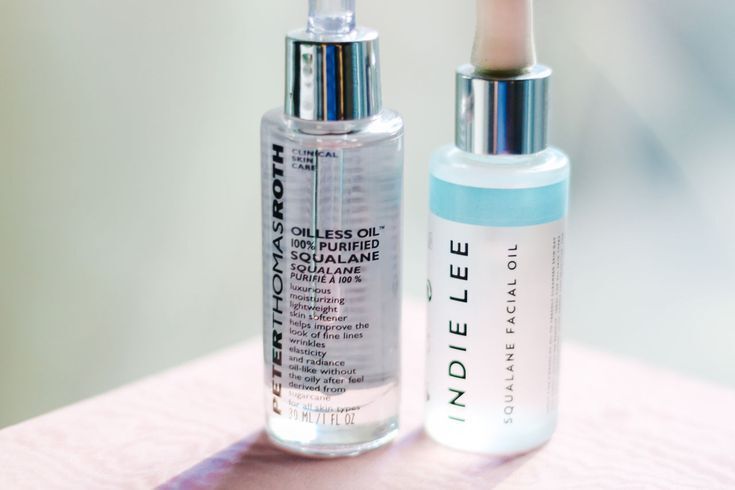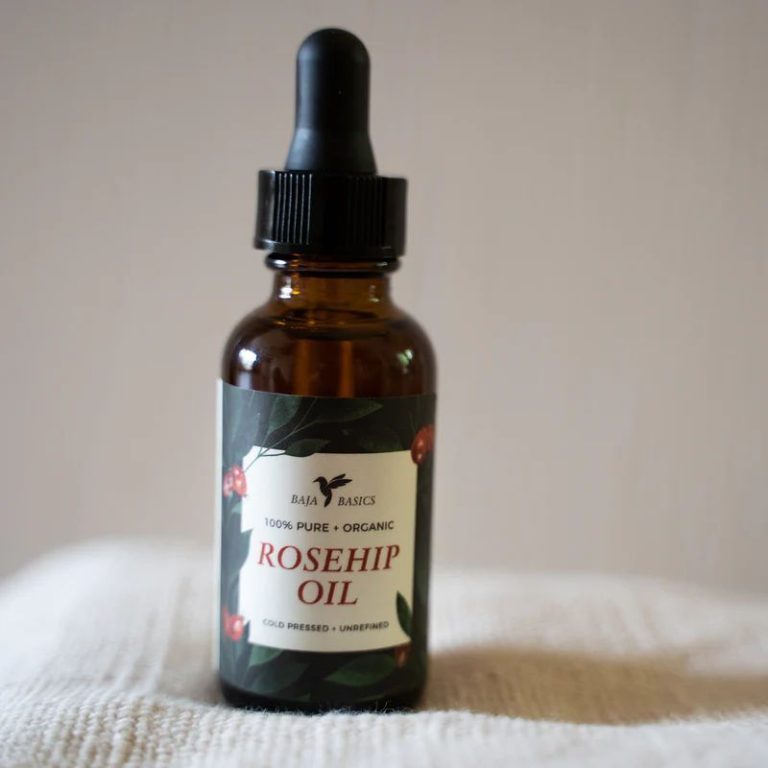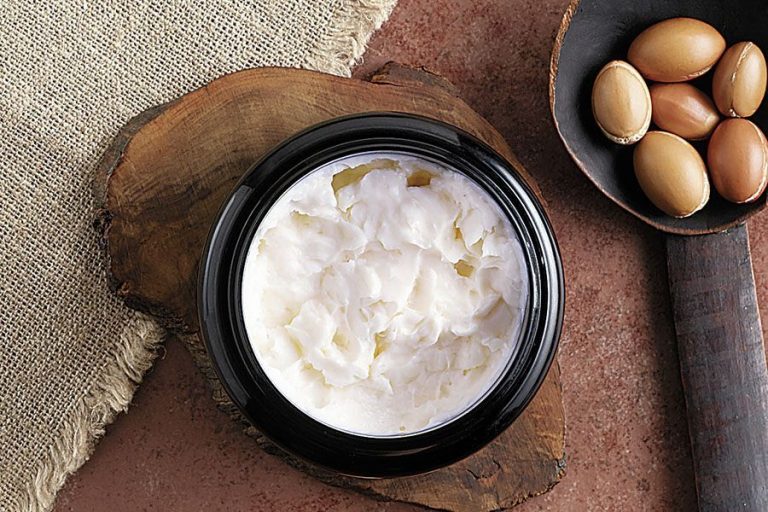Spray Tan vs Self Tan – Which Is Better
I don’t know about you, but I love having beautifully bronzed skin. There’s just something about a golden glow that makes me feel healthy, confident and beach ready.
The problem is, I also know that too much time baking in the sun can cause premature aging and increase my risk of skin cancer. That’s why I’ve turned to spray tanning and self-tanning as safer alternatives for achieving a sunkissed look. But what exactly is the difference between spray tans and self tans, and which gives the best results? I did some research to find out.
What Is Spray Tanning?
Contents
- What Is Spray Tanning?
- What Is Self Tanning?
- Spray Tan Booths vs Handheld Devices
- Key Differences: Spray Tan vs. Self Tan
- Benefits of Spray Tanning
- Benefits of Using Self Tanners
- How Long Does a Sunless Tan Last?
- Spray Tans vs Self Tanners: Longevity Compared
- How Long Should You Wait to Shower After Self-Tanning?
- Should You Avoid Swimming After Tanning?
- Can Spray Tanning Transfer onto Clothes?
- How Can I Prevent the Self-Tanning After-Smell?
- How to Avoid Over-Tanned Hands and Feet with Self-Tanners
- Conclusion
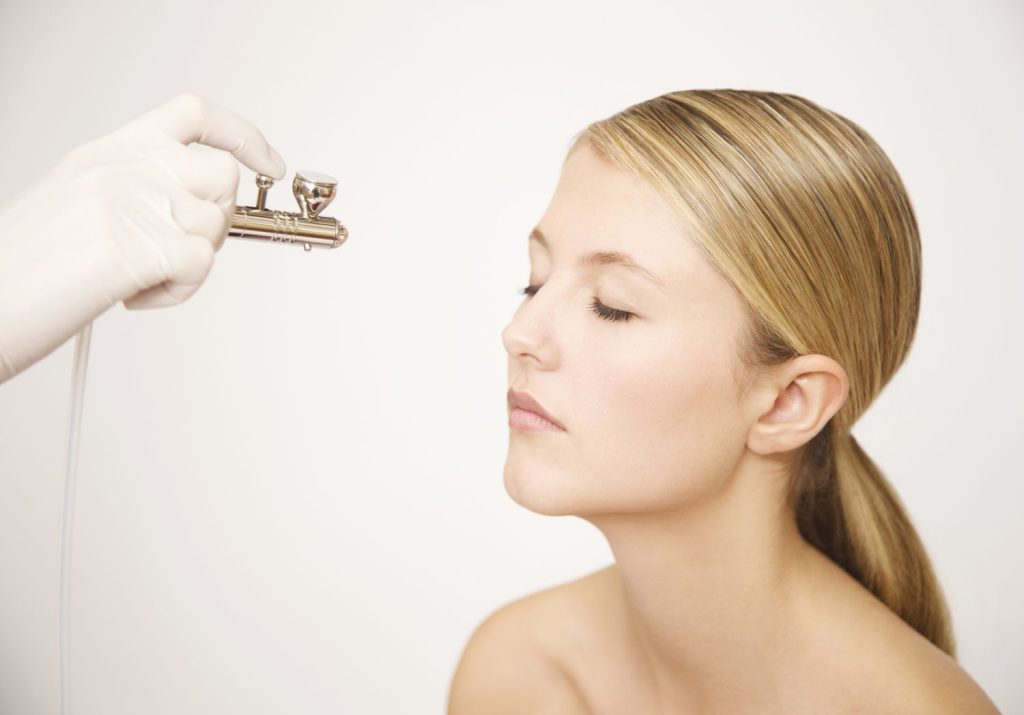
Spray tanning, also known as airbrushing, is a tanning method that uses an air powered spray gun to apply a mist of tanning solution to your skin. The solution contains the active ingredient dihydroxyacetone (DHA), which interacts with your skin’s amino acids to temporarily stain the outer layer a tan color.
The Spray Tanning Process
To get a spray tan, you make an appointment at a professional tanning salon. When you arrive, you’ll undress to your underwear or put on a disposable swimsuit they provide. A technician will then spray your entire body with the tanning mist in a special tanning booth or room. You’ll need to stand in specific poses so they can reach every angle. The whole process takes about 10 minutes.
Some salons also offer handheld airbrush spray tans. With this method, the technician spray tans you by hand instead of in a booth. It takes longer, about 20 minutes, but allows them to better customize coverage for your body shape.
Preparing for Your Spray Tan
To ensure an even application, it’s important to exfoliate and moisturize your skin the day before your spray tan. This sloughs off any dry skin and creates a smooth canvas. Be sure to pay attention to dry elbows, knees, hands and feet. On the day of your appointment, don’t apply any creams, perfumes, deodorant or makeup, as these can form barriers.
What to Expect Post-Tan
After your spray tanning session, you’ll want to wear loose dark clothing to avoid discoloration from transfer. You can’t shower, exercise or sweat for 4-8 hours to allow the DHA to fully set. Once you do shower, use only water rather than scrubbing exfoliants which will take off color. From there, moisturize daily and avoid activities that cause excessive sweating to make your spray tan last up to a week.
Pros and Cons of Spray Tanning
Benefits of spray tanning include an even application, customization and a quick, convenient process from start to finish. However, it can be pricey compared to self-tanning. Results also depend heavily on the skill of the technician, so do your research to find an experienced professional.
What Is Self Tanning?

Self-tanning refers to the use of self-tanning lotions, mousses, gels, spray bottles or wipes to achieve a tanned look on your own at home. Like spray solutions, these contain DHA which reacts with skin to “tan” the surface when applied. But you control the entire process yourself.
Types of Self Tanners
Self-tanning products come in a wide variety of shades to match different skin tones, from light bronze to deep mahogany. There are also different application formats to suit personal preference:
- Lotions provide blendability and work well for beginners.
- Mousses are lightweight and quick-drying for easy application.
- Gels contain bronzers for an instant tint while the DHA develops.
- Sprays offer an even mist application.
- Towelettes are pre-soaked wipes that are super convenient for touch-ups.
Pre-Application Tips
As with spray tanning, it’s key to exfoliate first to slough off dead skin. Pay extra attention to dry areas like hands, feet, knees and elbows. Make sure your skin is completely dry before application, and use an applicator mitt to prevent stained palms.
How to Apply Self Tanner
To apply, start at your feet and work your way up. Use long strokes on legs and arms, and circular motions on joints and hands/feet. Blend well, especially along wrists and ankles to avoid demarcation lines. Don’t forget hard to reach spots like behind ears and the back. Let dry fully before dressing.
Self-Tanning Maintenance
It’s crucial to moisturize daily, and avoid hot baths, chlorinated pools and activities that cause sweating, which all fade color. Time between applications depends on your skin type and the self-tanner used, but 5-10 days is average for retouching. Be sure to exfoliate gently before reapplying.
Pros and Cons of Self-Tanning
Pros of self-tanning include the affordability and ability to customize based on your preference. However, the application process is time consuming and can be messy. It also requires some skill to master an even application without streaking.
Spray Tan Booths vs Handheld Devices
With professional spray tans, you have a choice between booths and handheld airbrush devices. Here’s how they compare:
Spray Tan Booths
Benefits: Quick, full body coverage. Consistent results since the automated spraying covers evenly.
Drawbacks: Less customization compared to handheld. May miss some body contours.
Handheld Airbrush Sprayers
Benefits: Allows precise control over which areas are sprayed and intensity of color. Easier to reach tricky spots.
Drawbacks: Takes longer. Requires skill by technician. Increased risk of unevenness or mess.
Ultimately it comes down to personal preference. Booths offer speed and consistency, while handheld offers more customization. I prefer handheld since I have fair skin that needs lighter application.
Key Differences: Spray Tan vs. Self Tan
Now that we’ve covered the basics, let’s directly compare the differences between spray tanning and self-tanning.
Application Method
The main difference is that spray tans are applied by a technician in a salon, while self tans are applied yourself at home.
This impacts the convenience factor, cost, and how customized you can go. It also determines how skilled the application will be.
Coverage and Results
Spray tans allow the technician to cover every inch of skin evenly. With self tans it’s harder to reach certain spots on your own, increasing risk of streakiness.
However, with self-tanner you control the final color result. Salon technicians sometimes spray too dark for fair skin types.
Cost and Convenience
Spray tans have the convenience of being in-and-out during your appointment. But they require constantly booking appointments and paying each visit.
Self tanners take more time to apply, but offer greater convenience for touch-ups and cost savings over time.
Tan Longevity
Spray tan color fades more quickly (5-7 days) than self-tanner (7-10 on average) since it only stains the surface and doesn’t bind as strongly to the top layer of skin.
However, both can last longer with proper moisturizing and exfoliation between applications.
Which Method Is Better?
Whether spray tans or self tans are “better” really depends on your individual needs and preferences.
Benefits of Spray Tanning
Pros of getting a professional spray tan include:
- Even, streak-free application. Technicians are skilled at getting full coverage.
- Custom blending to your ideal skin tone. They can match the right solution color.
- Speedy process. Get bronzed in 10 minutes flat.
- Hygienic spray equipment. No risk of bacterial cross-contamination.
Cons to consider include:
- Regular appointments required. Fades faster than self-tanner.
- Salon costs add up over time. Price per session varies but averages $25-$50.
- Varying results. Depends heavily on technician skill and spray booth quality.
- Can’t control color result. Some salons go too dark.
Benefits of Using Self Tanners
Reasons I prefer using self-tanning products include:
- Affordability. Kits last multiple applications for under $40.
- Ability to control the color outcome. I can go as light or dark as I want.
- Even touch-ups. Easy to freshen just certain parts of my body.
- Lower health risks. No exposure to spray tanning solutions or inhalation.
Downsides I need to be aware of:
- Messy application process. Mitt necessary to avoid stained palms.
- Potential for streaky results. Takes practice to master.
- Reaching your back is tricky. May need a helper or tool.
- Time consuming. Have to set aside time to apply and wait for drying.
As you can see, both options have pros and cons. For me, the customization and affordability of self-tanning wins out. But spray tanning is a great special occasion treat.
How Long Does a Sunless Tan Last?

Whether you choose spray tans, self tans, or a combination, everyone wants their sunless tan to last as long as possible. Here are some tips.
- Moisturize daily with an oil-free, fragrance-free lotion to lock in moisture and extend tan life.
- Avoid very hot showers, baths, jacuzzis and pools, as heat and chlorine fade tan rapidly.
- Exfoliate gently before re-applying to remove any lingering color rather than scrubbing it all off at once.
- Use pH balancing body washes after tanning. The right pH helps DHA deeper binding.
With proper prep and maintenance, you can make both types of fake bakes last 7-14 days depending on your skin type.
Spray Tans vs Self Tanners: Longevity Compared
When it comes to how long spray tans last compared to self-tanners, the longevity is fairly similar. However, there are some minor differences.
Spray tanning solutions only interact with the surface layer of skin, so they tend to fade more quickly – usually around 5-7 days. Self-tanners bind on a more molecular level for longer color retention, averaging 7-10 days.
However, the specific products used, your individual skin type, and how diligently you prep and maintain both impact overall duration too. Some self tanners fade faster if you have oily skin, while spray tans last longer on drier skin types.
Regular moisturizing, avoiding friction/sweating, and gently exfoliating between sessions are key for maximizing longevity of both spray tans and self-tans.
How Long Should You Wait to Shower After Self-Tanning?
This is one of the most common questions about self-tanning! In general, you should wait 8-12 hours before showering or bathing after applying self-tanner. This gives the DHA enough time to fully react with your skin proteins and set.
Showering too soon can dilute the color result. Check your specific tanning product instructions too, as drying times vary across formulas. Some newer quick-dry mousses can be rinsed in as little as 1 hour.
Also avoid swimming or sweating heavily during the wait time. Be patient – the reward is a gorgeous glow that lasts!
Should You Avoid Swimming After Tanning?
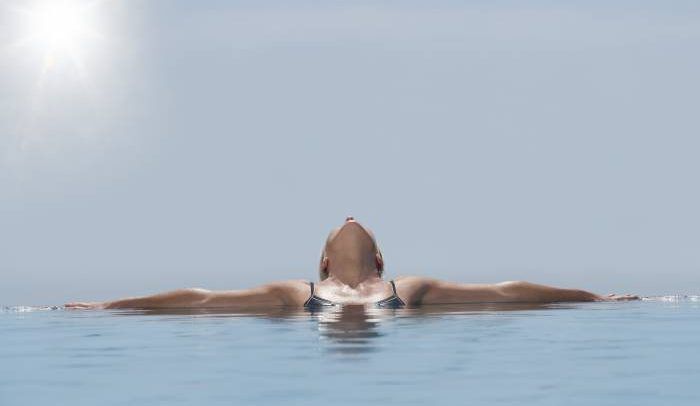
I always get the urge to show off my fresh tanned glow with a beach day. But is it okay to go swimming right after tanning?
The short answer is no. After any sunless tanning session – spray or self – it’s best to wait 24-48 hours before swimming.
Here’s why:
The chlorine and salt in pools and ocean can cause color oxidation and fading when skin is freshly tanned. You worked hard for that bronze glow, so protect it!
If you just can’t wait, be sure to rinse skin thoroughly after swimming to remove any lightened color and reapply moisturizer. Better yet, plan tanning sessions a few days before beach trips.
Can Spray Tanning Transfer onto Clothes?
No one wants to walk out of the tanning salon with stained clothes from spray tan transfer!
While spray tanning solutions do dry quickly on skin, there is still potential for some initial color rubbing off onto fabrics.
To play it safe, wear loose dark colors right after your spray tan. Tight clothes have more contact with skin for transfer. Bring an old oversized sweater or robe to throw on post-session.
You can also apply a barrier cream before spray tanning – just avoid areas that directly get sprayed. This minimizes absorption into fabric.
If you do end up with some tanning solution stains, wash clothes quickly using detergent with lemon juice or baking soda to help lift the color.
How Can I Prevent the Self-Tanning After-Smell?
That telltale self-tanner scent notoriously lingers for days after faux tanning. While smelling like an orange creamsicle all week may not be ideal, there are ways to prevent it.
The main cause is the reaction between DHA in tanners and amino acids in skin that produces the odor as a byproduct. To curb it:
- Exfoliate before applying self-tanner to remove dead skin cells that DHA clings to.
- Look for self-tanning formulas labeled “no odor” or with fragrance.
- Apply lightly, especially on hands and feet which produce the strongest smell.
- Shower and scrub skin before re-applying to prevent odor build-up over time.
- Use deodorant, perfume or scented lotion on high odor areas like armpits and feet.
How to Avoid Over-Tanned Hands and Feet with Self-Tanners
Uneven color is annoying anywhere, but over-tanned palms and soles are especially frustrating. Luckily, a few simple tips can prevent this self-tanning faux pas.
- Exfoliate hands and feet well before applying self-tanner, focusing on thick calluses.
- Use a tint-resistant applicator mitt and latex gloves to keep tanner off palms during application.
- Opt for self-tanning mists or gels which are sheerer for hands versus thick creams.
- Mix a pea-size dollop of self-tanner with regular moisturizer before applying to dilute it.
- Blot off excess tanner quickly with a tissue, and wash hands thoroughly after finishing.
With the right prep and techniques, you’ll be rocking golden, streak-free limbs in no time!
Conclusion
When it comes to achieving a beautiful bronzed glow, both spray tanning and self-tanning have advantages. Spray tans offer speed and convenience, while self tanners provide customization and affordability. For maximum sunless color that lasts, you can’t go wrong combining professional spray tanning for special events with at-home self-tanning for maintenance. With the right prep and care, your skin will have a gorgeous faux glow all year long.
The choice between spray tans versus self tans ultimately comes down to lifestyle factors, budget and personal preference. Now that you know the key differences and pro tips, you can get that sun-kissed look safely. Ditch the UV rays, and embrace the glow!

Founded by Sophia Rodriguez, IGXO Cosmetics is a PETA-certified, cruelty-free, and vegan makeup brand.
